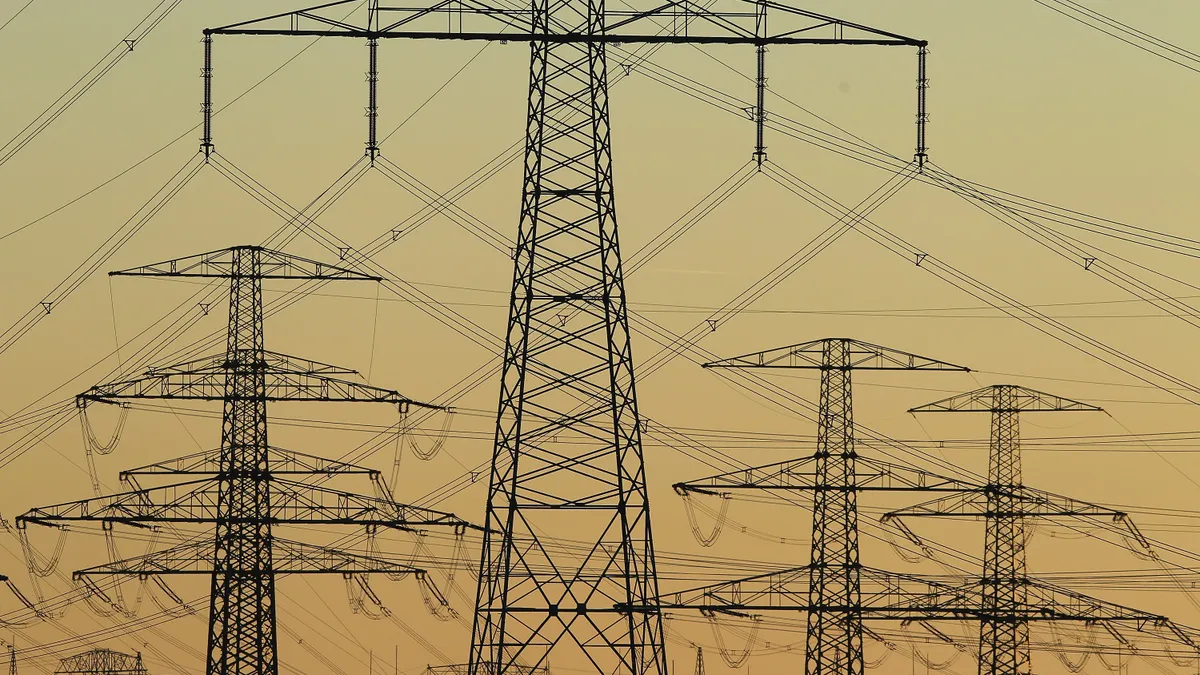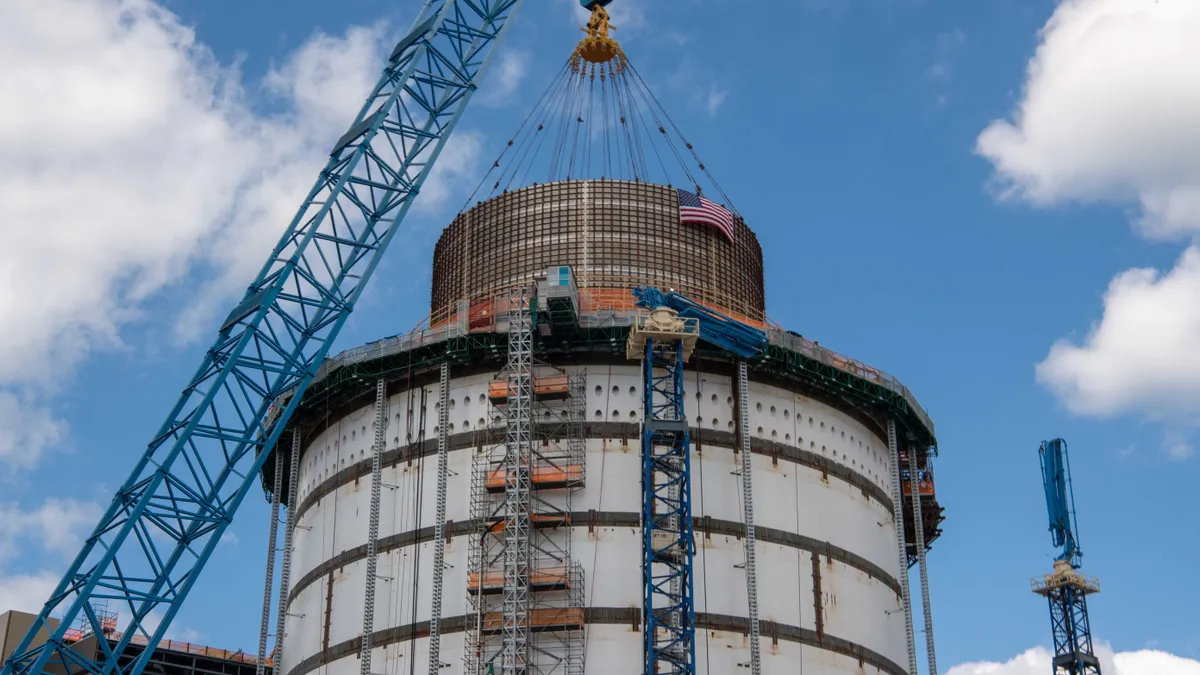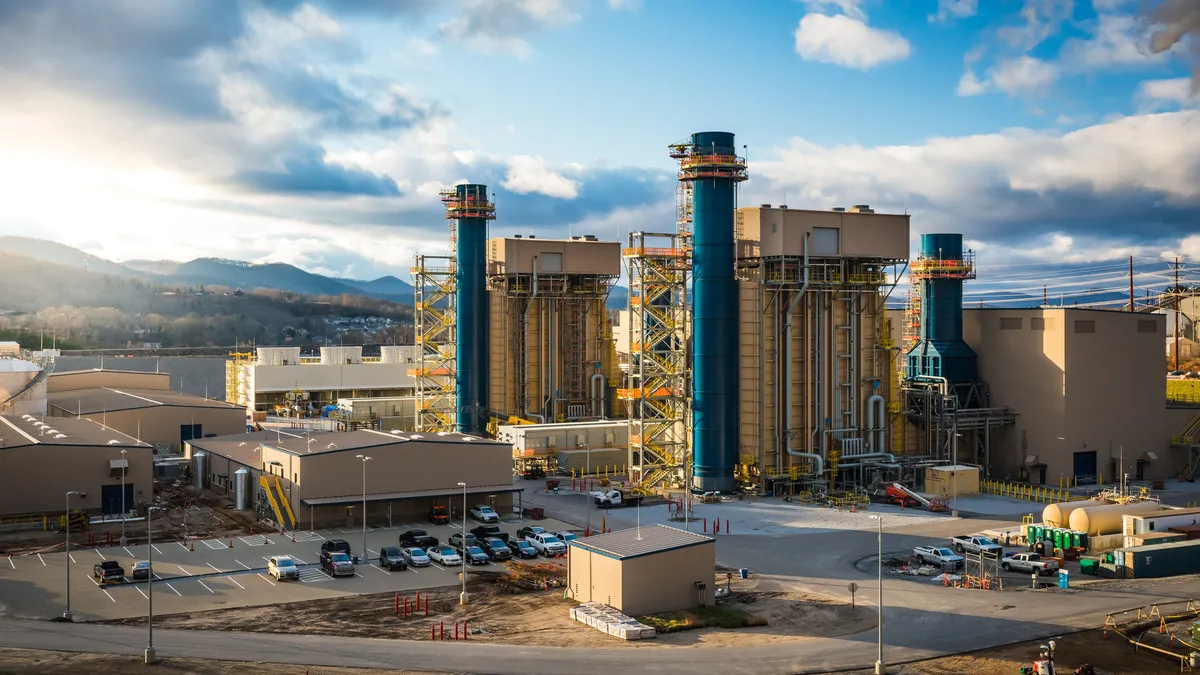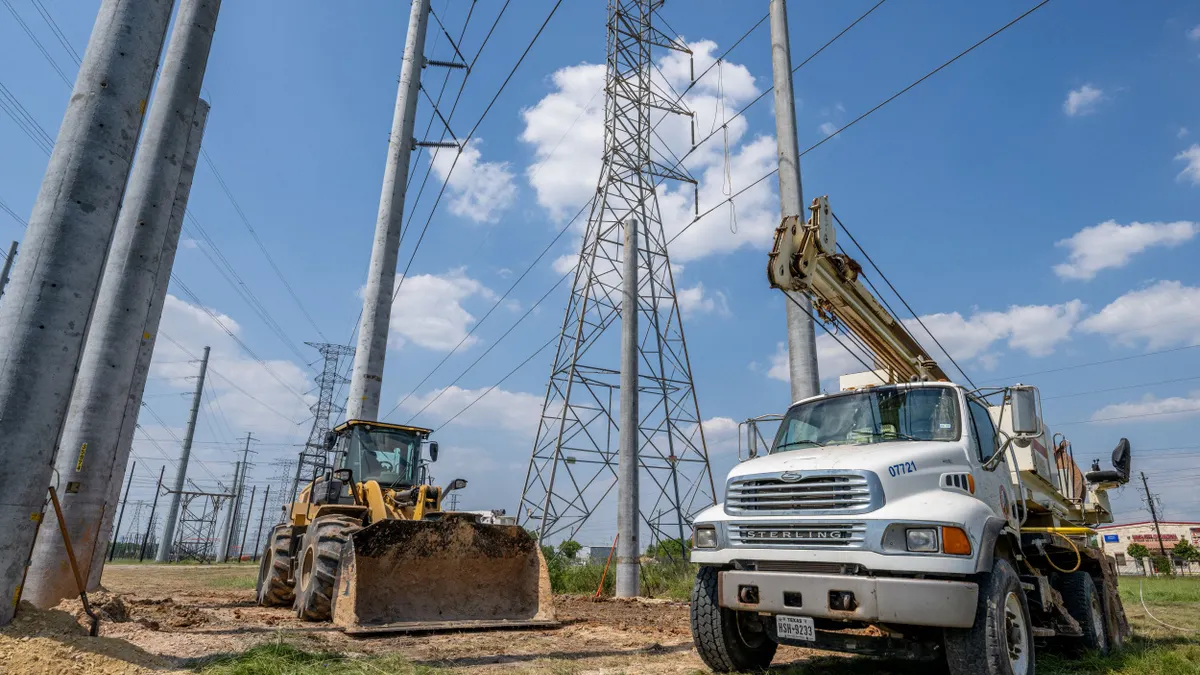The following is a contributed article by By Larry Gasteiger, executive director at WIRES.
For years WIRES has been sounding the alarm on the need to significantly expand the nation's transmission infrastructure. The need for investment in the electric grid is increasing year-by-year and is being driven by factors such as federal and state clean energy goals, an increasingly electrified economy, and the demands by regulators and customers for a more resilient and reliable electric grid.
In fact, the amount of needed investment in transmission in the coming decades is staggering. A recent WIRES report estimated that $230 to $690 billion in investment in the nation's transmission system will be required by 2050 just to address anticipated electrification needs — meeting ever-increasing resilience challenges and clean energy goals only push those figures higher. The WIRES report is not alone. Studies show that the United States will have to expand the grid by 60% by 2030 and may need to triple it by 2050. Constructing an electric grid capable of meeting the country's future needs will be a herculean task.
Given the monumental scope and nature of the country's transmission needs, much attention has been focused on the need for and the ability to plan high voltage transmission lines at the regional or interregional level. Indeed, these types of backbone transmission lines can provide significant value to customers by providing access to low-cost renewable resources and increasing the resilience of the regional grid. But the fact of the matter is that the country's transmission needs are not limited solely to long-distance regional or interregional transmission. While planning for these types of projects is important, it is equally important to recognize the value of local transmission planning — the transmission planning performed by a transmission provider for its individual footprint or retail distribution service territory — as a critical component of the overall transmission planning process.
Local transmission planning acts as a bridge between distribution and regional systems. As a recent WIRES-sponsored report by Charles River Associates entitled "Value of Local Transmission Planning" explained, "the local and regional planning processes are complementary, because they capture different sets of benefits produced by different needs. While [regional] planning is generally focused on bright line criteria designed to address [reliability] standards, market congestion, and generation interconnections/deactivations; local planning extends to resilience, asset management, and customer impact."
When all is said and done, to adequately — and properly — build out a robust electric transmission grid capable of meeting clean energy and other federal and state policy objectives, we will need to plan and build all types of transmission facilities, including local, regional and interregional projects. This should come as no surprise; and yet there are those who in a well-intentioned effort to emphasize and promote regional and interregional transmission development, not only question the value of local transmission planning, they go so far as to suggest that local transmission projects are not "the right projects" for meeting the energy needs of the future. In doing so, whether intentional or not, they set up a counterproductive false dichotomy between regional and local transmission facilities.
Transmission development need not, and should not, be an either/or choice between only regional or local transmission facilities. To the contrary, there is something akin to a symbiotic relationship between the two types of facilities. The more buildout there is of regional bulk system transmission projects, the more likely additional local transmission will be needed to support the local distribution of that electricity to customers. In this way, both types of facilities create value for customers and benefits for regions. We simply cannot have one without the other; both regional and local transmission planning and infrastructure are indispensable to achieving a cleaner and more resilient energy grid.
As we seek to build the grid of the future and spur development of longer distance, high voltage transmission infrastructure, the appropriate focus needs to be on improving regional processes and bolstering incentives that actually accomplish the building of such facilities. In the process, we should not seek to eliminate or inhibit local transmission planning that promotes reliable service to customers, quickly meets changing system conditions, accommodates the development of distributed generation and increased electrification, and aids in the development and deployment of innovative solutions to local needs.






















